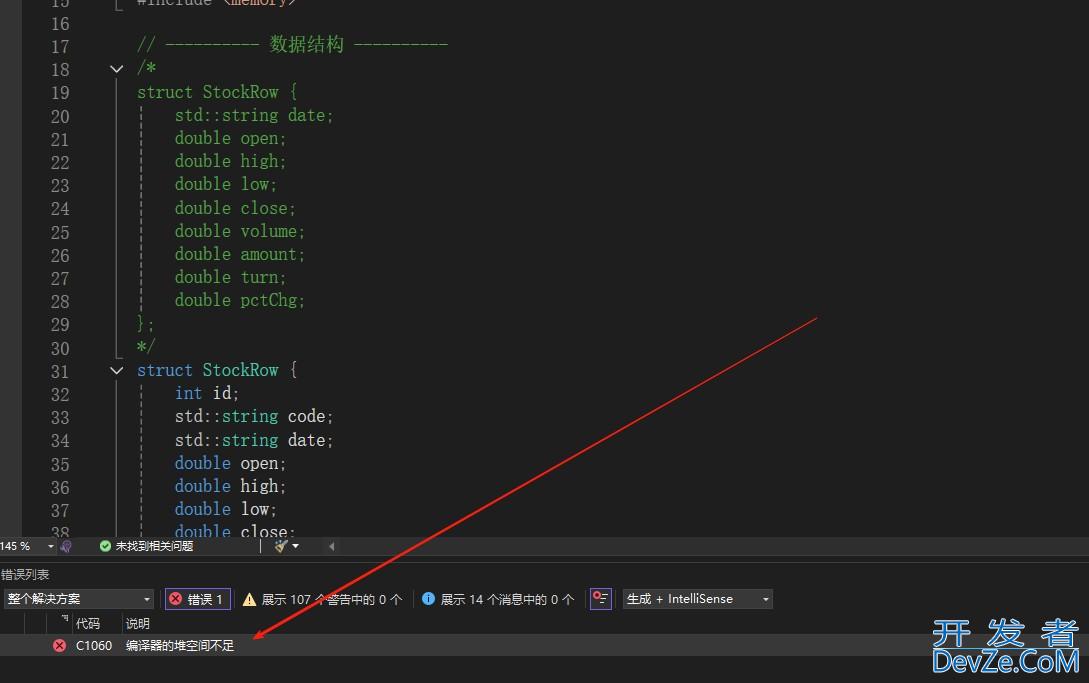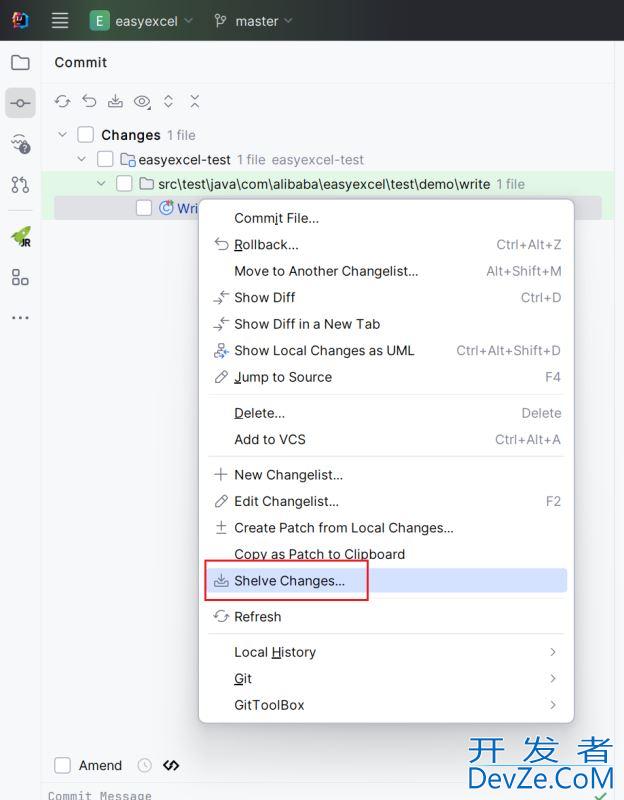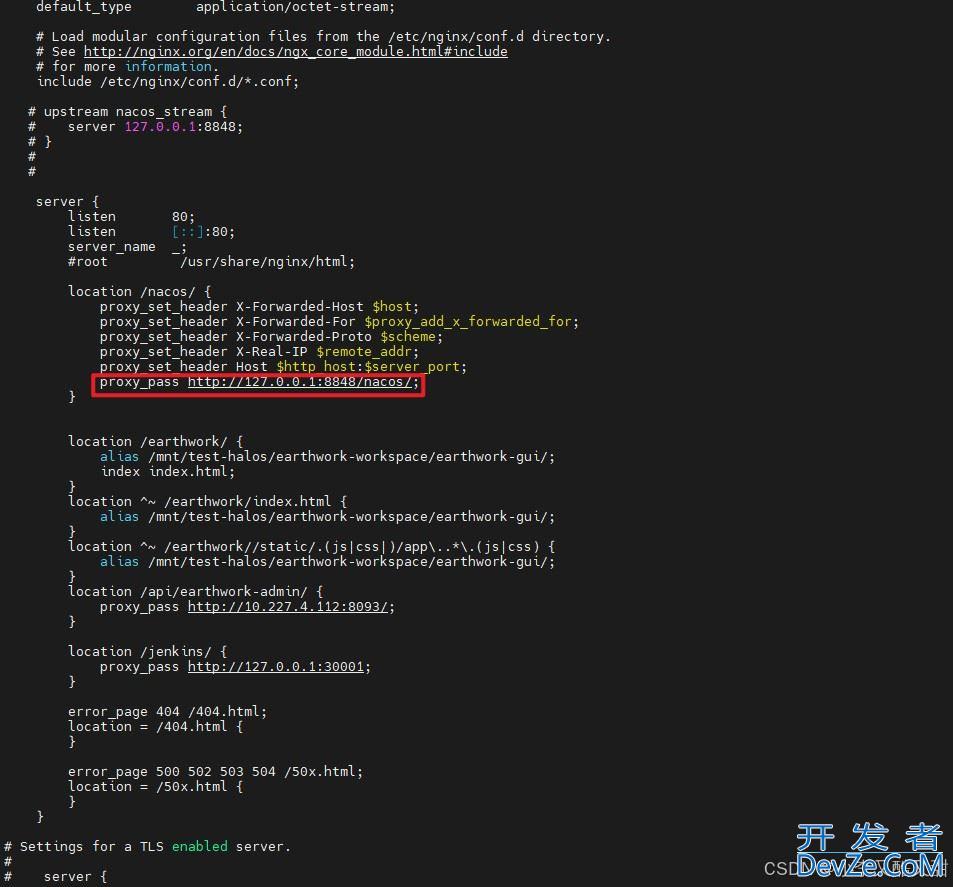目录
- Pandas2.2 DataFrame
- Binary operator functions
- pandas.DataFrame.rsub()
- 参数说明
- 示例及结果
- 示例 1: 使用标量进行反向减法运算
- 示例 2: 使用序列进行反向减法运算
- 示例 3: 使用 DataFrame 进行反向减法运算
- 示例 4: 使用字典进行反向减法运算
- 解释
Pandas2.2 DataFrame
Binary operator functions
| 方法 | 描述 |
|---|---|
| DataFrame.add(other) | 用于执行 DataFrame 与另一个对象(如 DataFrame、Series 或标量)的逐元素加法操作 |
| DataFrame.add(other[, axis, level, fill_valpythonue]) | 用于执行 DataFrame 与另一个对象(如 DataFrame、Series 或标量)的逐元素加法操作 |
| DataFrame.sub(other[, axis, level, fill_value]) | 用于执行逐元素的减法操作 |
| DataFrame.mul(other[, axis, level, fill_value]) | 用于执行逐元素的乘法操作 |
| DataFrame.div(other[, axis, level, fill_value]) | 用于执行逐元素的除法操作 |
| DataFrame.truediv(other[, axis, level, …]) | 用于执行逐元素的真除法操作 |
| DataFrame.floordiv(other[, axis, level, …]) | 用于执行逐元素的地板除法操作 |
| DataFrame.mod(other[, axis, level, fill_value]) | 用于执行逐元素的取模操作 |
| DataFrame.pow(other[, axis, level, fill_value]) | 用于对 DataFrame 中的元素进行幂运算 |
| DataFrame.dot(other) | 用于计算两个 DataFrame(或 DataFrame 与 Series/数组)之间的**矩阵点积(矩阵乘法)**的方法 |
| DataFrame.radd(other[, axis, level, fill_value]) | 用于执行反向加法运算 |
| DataFrame.rsub(other[, axis, level, fill_value]) | 用于执行反向减法运算 |
pandas.DataKvetyLYzFrame.rsub()
pandas.DataFrame.rsub 方法用于执行反向减法运算。具体来说,它相当于调用 other - self,其中 self 是调用该方法的 DataFrame。以下是该方法的参数说明及其功能:
参数说明
- other: 用于进行减法运算的值,可以是标量、序列、DataFrame 或字典。
- axis: 指定沿哪个轴进行运算。
0或'index'表示沿行进行运算,1或'columns'表示沿列进行运算。默认为1。 - level: 如果
other是一个 MultiIndex,则指定沿哪个级别进行运算。默认为None。 - fill_value: 用于填充缺失值的值。默认为
None。
示例及结果
示例 1: 使用标量进行反向减法运算
import pandas as pd
df = pd.DataFrame({
'A': [1, 2, 3],
'B': [4, 5, 6],
'C': [7, 8, 9]
})
print("原始 DataFrame:")
print(df)
result = df.rsub(10)
print("\n反向减法后的 DataFrame (使用 rsub 并指定标量 10)android:")
print(result)
结果:
原始 DataFrame:
A B C0 1 4 71 2 5 82 3 6 9反向减法后的 DataFrame (使用 rsub 并指定标量 10):
A B C0 9 6 31 8 5 22 7 4 1
示例 2: 使用序列进行反向减法运算
import pandas as pd
df = pd.DataFrame({
'A': [1, 2, 3],
'B': [4, 5, 6],
'C': [7, 8, 9]
})
other = pd.Series([1, 2, 3])
print("原始 DataFrame:")
print(df)
result = df.rsub(other, axis=0)
print("\n反向减法后的 DataFrame (使用 rsub 并指定序列):")
print(result)
结果:
原始 DataFrame:
A B C0 1 4 71 2 5 82 3 6 9反向减法后的 DataFrame (使用 rsub 并指定序列):
A B C0 0 -3 -61 0 -3 -62 0 -3 -6
示例 3: 使用 DataFrame 进行反向减法运算
import pandas as pd
df = pd.DataFrame({
'A': [1, 2, 3],
'B': [4, 5, 6],
'C': [7, 8, 9]
})
other_df = pd.DataFrame({
'A': [1, 2, 3],
'B': [4, 5, 6],
'C': [7, 8, 9]
})
print("原始 DataFrame:")
print(df)
result = df.rsub(other_df)
print("\n反向减法后的 DataFrame (使用 rsub 并指定 DataFrame):")
print(result)
结果:
原始 DataFrame:
A B C0 1 4 71 2 5 82 3 6 9反向减法后的 DataFrame (使用 rsub 并指定 DataFrame):
A B C0 0 0 01 0 0 02 0 0 0
示例 4: 使用字典进行反向减法运算
import pandas as pd
df = pd.DataFrame({
'A': [1, 2, 3],
'B': [4, 5, 6],
'C': [7, 8, 9]
})
other_dict = {'A': 1, 'B': 2, 'C': 3}
print("原始 DataFrame:")
print(df)
result = df.rsub(other_dict)
print("\n反向减法后的 DataFrame (使用 rsub 并指定字典):")
print(result)
结果:
原始 DataFrame:
A B C0 1 4 71 2 5 82 3 6 9反向减法后的 DataFrame (使用 rsub 并指定字典):
A B C0 0 -2 -41 0 -3 -52 0 -4 -6
解释
使用标量进行反向减法运算:
df.rsub(10)计算 DataFramedf中的每个元素与标量10的减法。- 结果是一个新的 DataFrame,其中每个元素是
10减去df中的元素。
使用序列进行反向减法运算:
df.rsub(other, axis=0)计算 DataFramedf的每一行与序列other的对应元素的减法。- 结果是一个新的 DataFrame,其中每个元素是
other的对应元素减去df的元素。
使用 DataFrame 进行反向减法运算:
df.rsub(other_df)计算 DataFramedf与other_df的对应元素的减法。- 结果是一个新的 DataFrame,其中每个元素是
other_df的元素减去df的元素。
使用字典进行反向减法运算:
df.rsub(other_dict)js计算 DataFramedf的每一列与字典other_dict中对应键的值的减法。- 结果是一个新的 DataFrame,其中每个元素是字典
other_dict中android的值减去df的元素。
这些示例展示了 DataFrame.rsub 方法的不同用法及其效果。根据具体需求,可以选择合适的参数来进行反向减法运算。
到此这篇关于pandas DataFrame rsub的实现示例的文章就介绍到这了,更多相关pandas DataFrame rsub内容请搜索编程客栈(www.devze.com)以前的文章或继续浏览下面的相关文章希望大家以后多多支持编程客栈(www.devze.com)!






 加载中,请稍侯......
加载中,请稍侯......
精彩评论